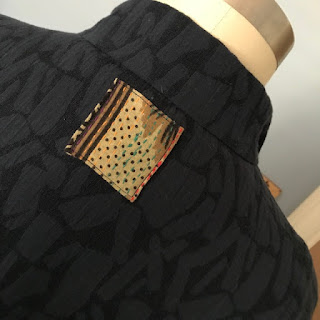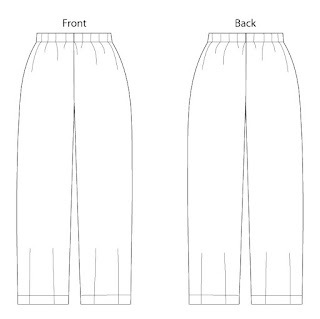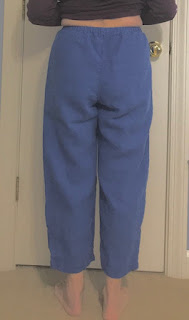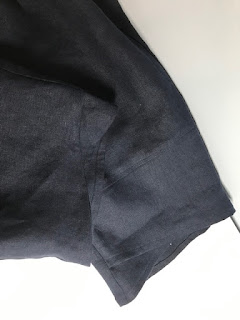From time to time I find myself making textiles for my church, vestments and related textiles for the altar. It has now been more than a decade since I made my first one - a stole created as a welcome gift for a newly hired priest. As it happens, he was fond of elaborate textiles. With some other church ladies, we made an embarrassingly expensive set of vestments including a frontal I constructed. At $200 per yard, it was a stressful make for me. And yet I wanted to make it.
Recently my current priest requested that I make new vestments and altar textiles for the church (different church). In this case, the vestments are owned by the church, not an individual priest. The old textiles have been in rotation for more than twenty years and are most definitely ready to be retired.
Initially I understood that he just wanted a stole replacement. As the project evolved it turned out much more was involved.
The only requirement is that they be green. My church follows a Christian liturgical seasonal color scheme. Green is the color of *ordinary* time which is almost any time outside of Easter and Christmas. In other words, these textiles are well used throughout the year.
The project started in November. I was struggling with a design to be honest, but then I broke my ankle and could not sew. That gave me a pass, and we were headed into Advent and then Christmas, so I had some time. I struggled with a design.
Here is one path I started to pursue. It looked very unsophisticated to me and I could not imagine it in church. Now I go to a very casual church and have a very easy-going priest. I'm sure he would have worn it. I abandoned the project.
Since my ankle surgery, I've been lucky to see lots of improvement and a gradual return to my sewing room. So a few weeks ago I decided I really wanted to get this done and let it go.
I still made lots of mistakes and kept telling myself that I was almost done. My husband stopped listening to me every time I said, I'm almost there! But I did finally finish everything.
Here is what I made:
- Two stoles - one for an average height priest and one for a taller priest. This is a kind of scarf that goes around the priest's neck and hangs nearly to the floor under other garments.
- A chasuble - This is a poncho-like garment that is worn during Mass.
- The chalice veil and the burse - The veil covers the chalice that contains wine for communion. The burse sits on top of the veil and contains additional linens used in the Mass.
- A cover for the cushion that holds the Missal during Mass.
















